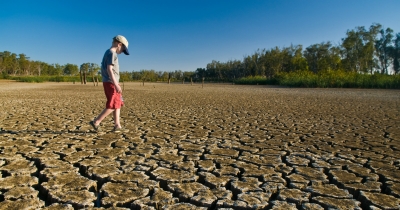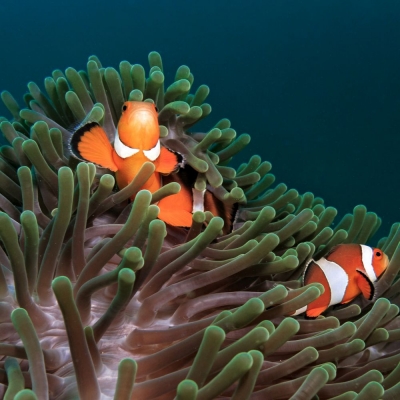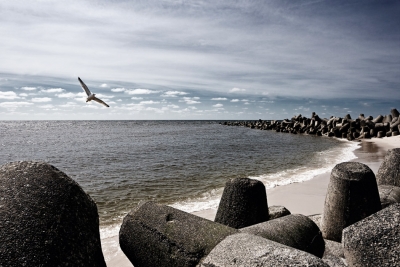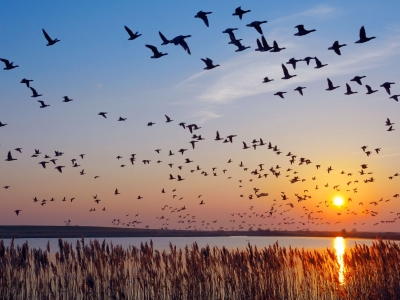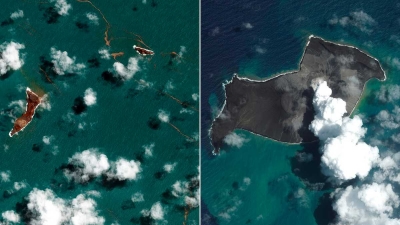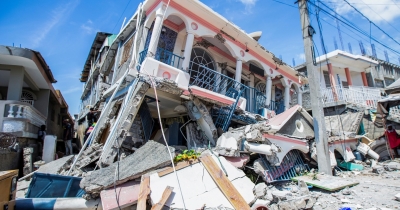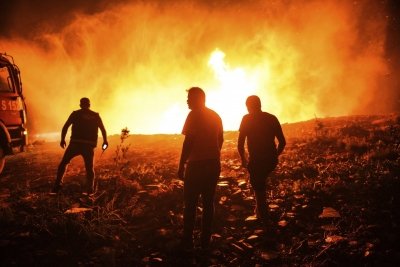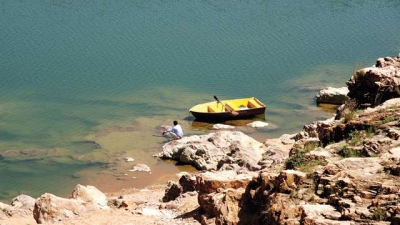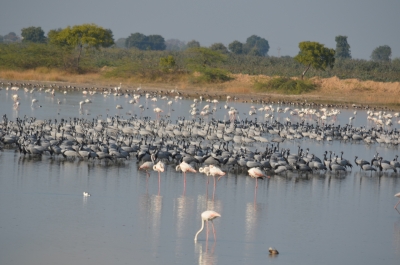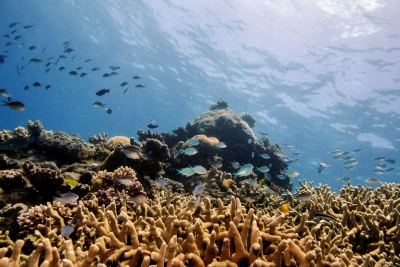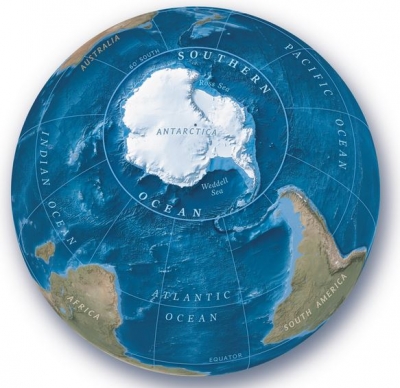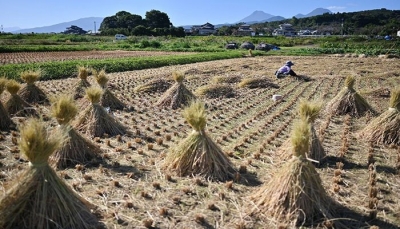
A new study published in journal Nature Food has found that persistently high levels of ozone pollution in Asia are costing China, Japan and South Korea an estimated $63 billion annually in lost rice, wheat and maize crops. The research used pollution monitoring data from the region and field experiments to show ozone affects Asia's crop yields more than previously thought.
The researchers found that on an average 33% of China's wheat crop is lost annually because of ozone pollution. While South Korea lost 28% of wheat. Japan lost 16%. For rice, the mean figure in China was 23%. In South Korea the figure was nearly 11%, while in Japan it was 5%. And maize crops in both China and South Korea were also affected. The crop is not grown in Japan in significant quantities. The study's authors said the findings should push policymakers to reduce emissions that produce ozone.
You may have learnt from your teachers that the ozone layer protects us from the harsh sunlight.
What is ozone?
Ozone is a highly reactive gas composed of three oxygen atoms-03. It occurs naturally in the stratosphere layer of the Earth's atmosphere. But ozone also comes from man-made sources and is found in the lowest layer of the atmosphere (troposphere). While the former affects life on Earth in positive ways, the latter does so in negative ways. Our concern in this article is the second form of ozone.
What is the ozone layer?
The atmosphere consists of a mixture of 78% nitrogen, 21% oxygen and 1% of other gases. Each of the five layers of our atmosphere has its own role in protecting Earth and supporting life on the planet. The second layer - the stratosphere - is the most stable region, where jets fly. It is also the region where ozone is abundant. Stratospheric ozone is formed naturally through the interaction of solar ultraviolet (UV) radiation with molecular oxygen (02). The layer, found about 10 to 40 km above the ground, is the ozone layer. It is part of the stratosphere and it protects life on Earth from the harmful effects of UV rays by absorbing them. Ultraviolet rays can damage DNA, and cause sunburn, skin cancer and cataract in humans.
What is ozone pollution?
At the ground level, ozone is a highly unstable and poisonous gas which is created by chemical reactions between oxides of nitrogen (NOx) and volatile organic compounds (VOC). This happens when pollutants emitted by cars, power plants, industrial boilers, refineries, chemical plants, and other sources chemically react in the presence of sunlight. When the percentage of ozone at ground level reaches alarmingly high levels, ozone pollution occurs. Ozone pollution is common in urban areas because of vehicular pollutions and industries, ozone can be transported long distances by wind so even rural areas, where farming lands are found, can also experience high ozone levels. A higher percentage of ozone gives rise to health issues such as chest pain, congestion and coughing. It also affects crops and other vegetation.
How does ozone affect crop yield?
Ozone damages crops by entering leaves during normal gas exchange. As a strong oxidant, ozone causes symptoms in crops such as yellowing, cell injury, spots, and reddening. Many factors such as soil moisture, presence of other air pollutants, insects or diseases, and other environmental stresses, can increase the impact.
Ozone is the key pollutant causing the yield loss of crops such as rice and maize. Wheat is the most sensitive when it comes to ozone-caused damage. Ozone exposure could have an even bigger impact on yields of soybean, peanut and cotton.
Why is this concern in Asia?
East Asia is one of the biggest bread baskets and ricebowls in the world. It supplies 90% of the world's rice and 44% of its wheat. The researchers said surface ozone is "posing a threat to food security."
Asia is also a hotspot for ozone. While ozone levels have declined in America and Europe over the last two decades, with the introduction of stricter air quality measures, the pollutant is increasing in Asia.
Further, industry, energy and urban expansion are competing for limited land resources.
What is the solution?
The best way to bring down ozone levels is to curb the use of fossil fuels - the same action needed to bring down greenhouse gas emissions causing climate change.
Picture Credit : Google
